| Year | 1995 | |
| Gearbox | Automatic | Fuel Type | Petrol |
| Mileage | 158,000 miles | |
| Drivers Side | RHD | |
| Exterior Colour | Ardennes Green | |
| Interior Colour | Sorrell Beige Leather | |
| Previous owners | 6 Previous Owners | |
 |
Vehicle Identification Number | SALLHAMM3MA662170 |
Built at Land Rover, Lode Lane in Solihull in 1995 and registered on the 7th August of that same year to Land Rover themselves, on one of their factory suffix registration plates ending in KV of which they registered many. The car has been maintained regardless of cost by Land Rover specialists LPME Engineering in South Oxfordshire and has had over £20,000 spent keeping this car in great condition over the years.
| MOT Expiry | 2023-12-16 | |
| Last Service Date | 2023-12-16 |
Seller:
Reach us on WhatsApp for more information or call us, we look forward to hearing from you.
Vehicle Provenance:
| Not Stolen | |
| Not Written Off | |
| Not Scrapped | |
| Not Imported | |
| Correct Mileage* |
Model History:
After the success of the Defender, Land Rover wanted to offer something more every day for the wider market, designed to be more practical than the Defender and be comfortable over any terrain in all weathers. The first generation of Range Rover which ran from 1969 all the way through to 1996 and was originally not designed as a luxury vehicle, the car featured fairly basic creature comforts and the interior was designed to be 'hosed down' when needed. With the Range Rovers' space, practicality and safety features over other cars of the day, the car quickly became a favourite for families. With its dual personality being both great at long motorway drives and off-road pursuits it became a great ‘do anything’ family car and really set the blueprint for the modern SUV. In the post-1981 era the Range Rover became available in 5-door configuration and further refinements such as changes to the transfer box, reflected the change in buyers as by the late 1980s and early 1990s, the range rover had become a staple of the London commuter with connections to the countryside. Very fashionable in London at the time the car was often owned and driven by CEOs and Landowners alike and it gained the name the ‘Chelsea Tractor’. As the car grew in popularity it helped kick start the popular SUV era with later iterations of the Range Rover focusing on luxury as well as on and off-road prowess that the car is now famous for. The Range Rover 'Classic' Vogue SE 'Soft Dash', is one of the last Range Rover variants built and specifically 1 of 1,950 before the last Range Rover classics which came off the production line ending on the 15th of February 1996. In total, 317,615 Range Rover Classic's were built throughout their 25 years of production.
Exterior Condition:
The car comes in Ardennes Green Metallic which suits the car's 'go anywhere' characteristics. The exterior of the car is in great condition with the owner ensuring the car is taken care of to keep the car in great condition. With only small bits of wear and tear in the paintwork as you would expect this car is overall in great condition and a well-maintained car that has had plenty of work done to sort any bad cases of rust.
Interior Condition:
The car features the desired 'soft dash' updated interior giving the car a more modern design. The Sorrell Beige leather upholstery gives the cabin a pleasant light feel and the seat The condition of the leather is overall very good featuring a bit of wear on the driver's seat bolster which is typical for a car of this age. The owner has added some nice little subtle and tasteful touches such as genuine OEM Land Rover aluminium internal door lock tabs from a Defender and Land Rover OEM cupholders from a later Land Rover Discovery this is a great addition and look as though they came like that from the factory.
Engine:
The Buick-derived Rover V8 is one of the British Automotive icons, being used in a wide range of British cars at the time, it was the engine of choice for the Range Rover giving great low-down torque great and giving the car a fantastic sound and character. The car features only a very minor oil leak, checked by specialists concluding there is nothing to worry about. The engine is mated to a 4-speed auto, suiting the car very well, and drives a chain transfer box being much quieter than the previous geared system. The car has permanent 4-wheel drive and the live axles front and rear help give the car excellent off-road and helps give the car a go anywhere characteristics for which the car is famed.
Chassis:
For the chassis Land Rover used the ladder chassis design they had used in the Defender for great strength and durability, however, the Range Rover chassis was able to include a more sophisticated coil-over spring or air suspension giving the car a better ride on road. The car steers and brakes well for a car with assisted systems working in great running order. The car's chassis is in great condition and this example has had a coil-over conversation to remove the problematic air suspension. The car again has minor leaks when it comes to the steering box and some grease on the suspension as noted in the MOT which can be looked at.
Transmission:
This Range Rover Classic is equipped with the optional four-speed automatic transmission commonly known as the ZF 4HP22. It was a reliable and robust transmission commonly used in various luxury and high-performance vehicles of its era. Overall, the ZF 4HP22 transmission found in the Range Rover Classic with the 3.9-liter engine offered a good balance of performance, comfort, and reliability. As with any transmission, proper maintenance and care are crucial to ensure its continued smooth operation and longevity. Regular fluid changes and addressing any issues promptly can help prolong the life of the transmission and contribute to a more enjoyable driving experience with the Range Rover Classic.
Drivetrain:
The four-wheel-drive system and robust drivetrain of the Range Rover Classic made it a capable and versatile vehicle, equally at home on the road and off the beaten path. It became renowned for its off-road prowess, luxurious interior, and timeless design, setting the foundation for future generations of the iconic Range Rover line.
Steering:
In 1995, the Range Rover Classic was equipped with a recirculating ball steering system. This type of steering system was commonly used in older vehicles, including many SUVs and trucks, for its durability and ability to handle the demands of off-road driving. The 1995 Range Rover Classic was typically equipped with power steering as a standard feature. Power steering assists the driver by using hydraulic pressure to reduce the effort required to turn the steering wheel, making it easier to maneuver the vehicle, especially at lower speeds.
Brakes:
The 1995 Range Rover Classic was equipped with four-wheel disc brakes, providing excellent stopping power and consistent performance. ABS (Anti-lock Braking System): Anti-lock brakes were standard on the 1995 Range Rover Classic, enhancing braking performance by preventing the wheels from locking up during sudden or hard braking, thus allowing the driver to maintain steering control. Ventilated Front Discs: The front disc brakes were often ventilated, which helped dissipate heat and reduce brake fade during prolonged or heavy braking.
Maintenance History Summary:
MOT records from 2021 - 2004- MOT records from 2021 - 2004- LPME service and work records from 2020-2022- Extensive service History from 2005-2006 and 2012-2022- Last serviced by LPME on 06/12/2022
Common Problems with the Range Rover Range Rover Classic:
Electrical Problems:
Electrical Problems:
Electrical gremlins are a common issue in the Range Rover Classic. Problems may include issues with the central locking system, power windows, interior lights, and dashboard instruments. Wiring faults, faulty relays, and aging components can contribute to these electrical problems.
Air Suspension Issues (if equipped):
Air Suspension Issues (if equipped):
The optional air suspension system (Electronic Air Suspension or EAS) can be problematic in the Range Rover Classic. Air compressor failures, air leaks in the system, or faulty height sensors can lead to suspension faults, resulting in uneven ride height or suspension malfunctions.
Cooling System Problems:
Cooling System Problems:
Overheating can be an issue in the Range Rover Classic. Common causes include cooling system leaks, failed water pumps, and clogged radiators. Regular maintenance, including coolant flushes and inspections, is essential to prevent overheating.
Transmission and Gearbox Issues:
Transmission and Gearbox Issues:
The automatic transmission used in the 1995 Range Rover Classic can experience issues with shifting or slipping. Problems may arise due to worn components, low transmission fluid, or electronic control module failures.
Rust:
Rust:
Rust can affect older Range Rover Classics, especially in regions with harsh climates or where road salt is used. Common rust-prone areas include the wheel arches, sills, door bottoms, and undercarriage. Regular rust-proofing and inspections can help prevent or address rust issues.
N.B
It's important to note that not all 1995 Range Rover Classics will experience these problems, and the severity of these issues can vary depending on the vehicle's maintenance history and usage. When considering the purchase of a used Range Rover Classic, a thorough pre-purchase inspection by a qualified mechanic is essential to identify any existing or potential issues and ensure a smoother ownership experience.
Buyers Guides:
Honest John Classics - Range Rover Classic (1970-1996) Buyer's Guide: https://classics.honestjohn.co.uk/reviews/land-rover/range-rover-classic/
Classic Driver - Buying Guide: Range Rover Classic (1970-1996): https://www.classicdriver.com/en/article/cars/buying-guide-range-rover-classic-1970-1996
Classic Cars for Sale - Range Rover Classic Buying Guide: https://www.classiccarsforsale.co.uk/reviews/classic-land-rover-reviews-range-rover-classic
The Land Rover Centre - Range Rover Classic Buyer's Guide: https://www.lrseries.com/resources-buyers-guides-range-rover-classic/
Land Rover Monthly - Buying Guide: Range Rover Classic (1970-1996): https://www.landroveraddict.com/land-rover-buyers-guides/series-land-rover-buyers-guides/range-rover-classic-buyers-guide
Underside Images:

















 View full details
View full details

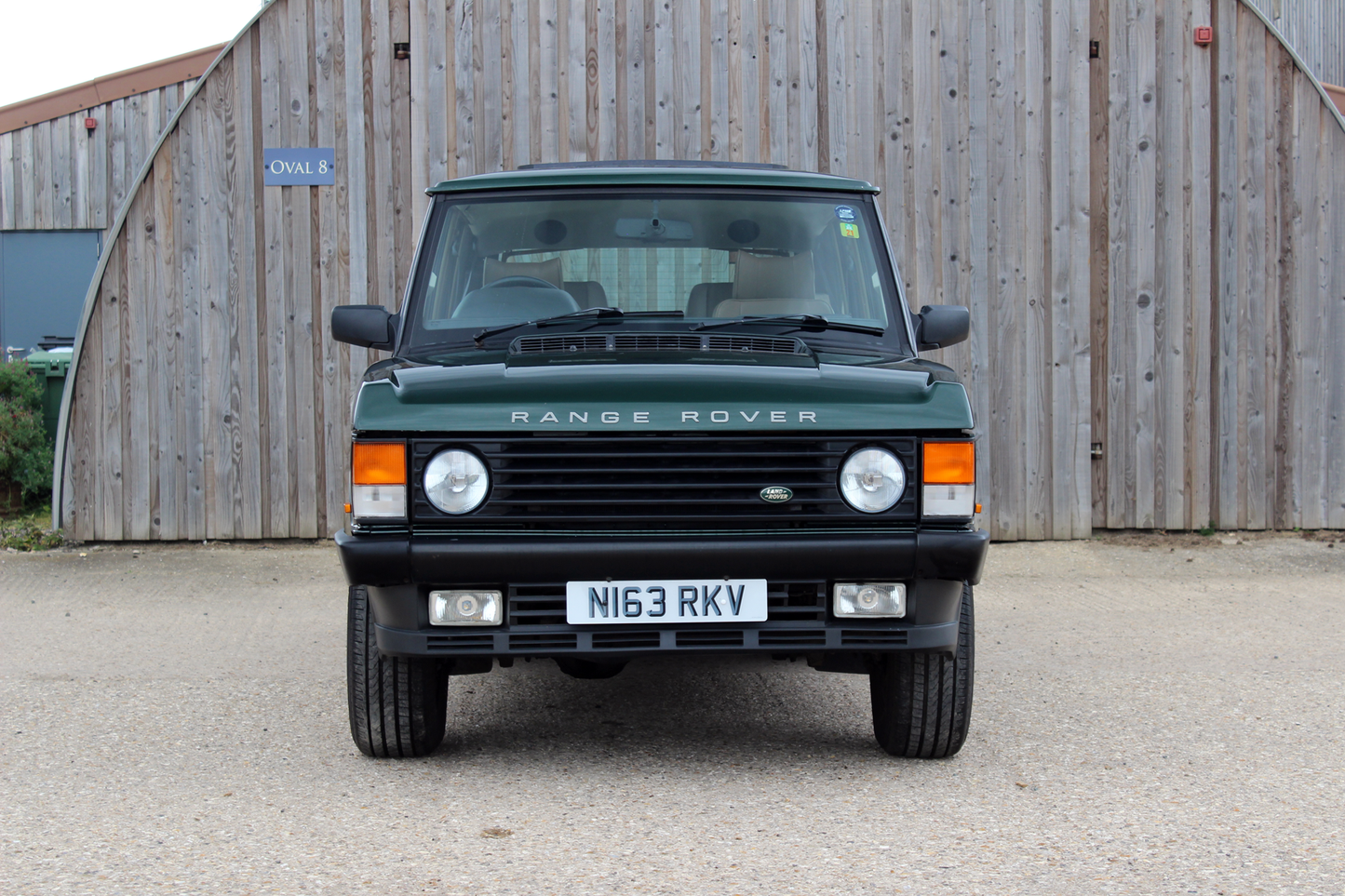
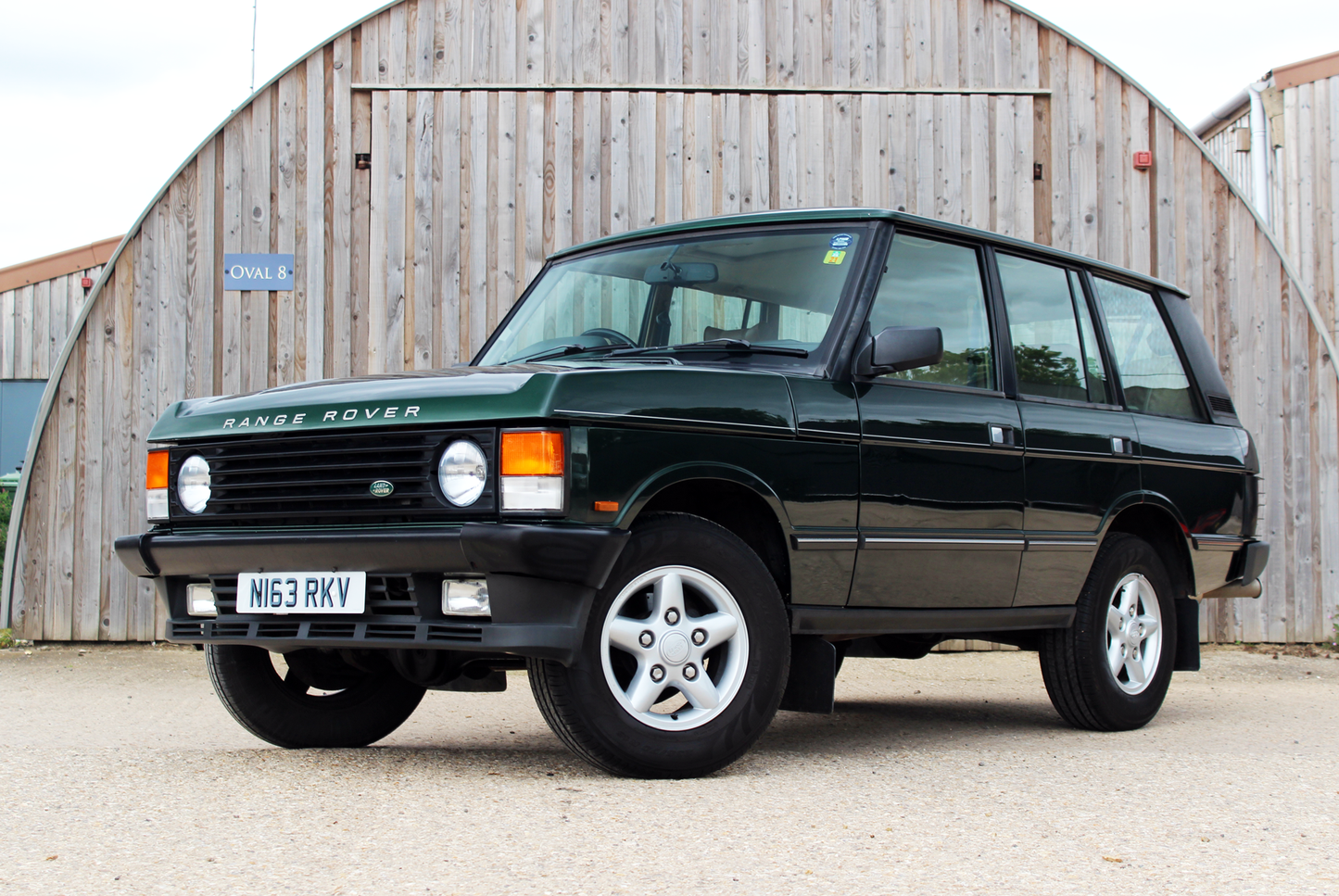
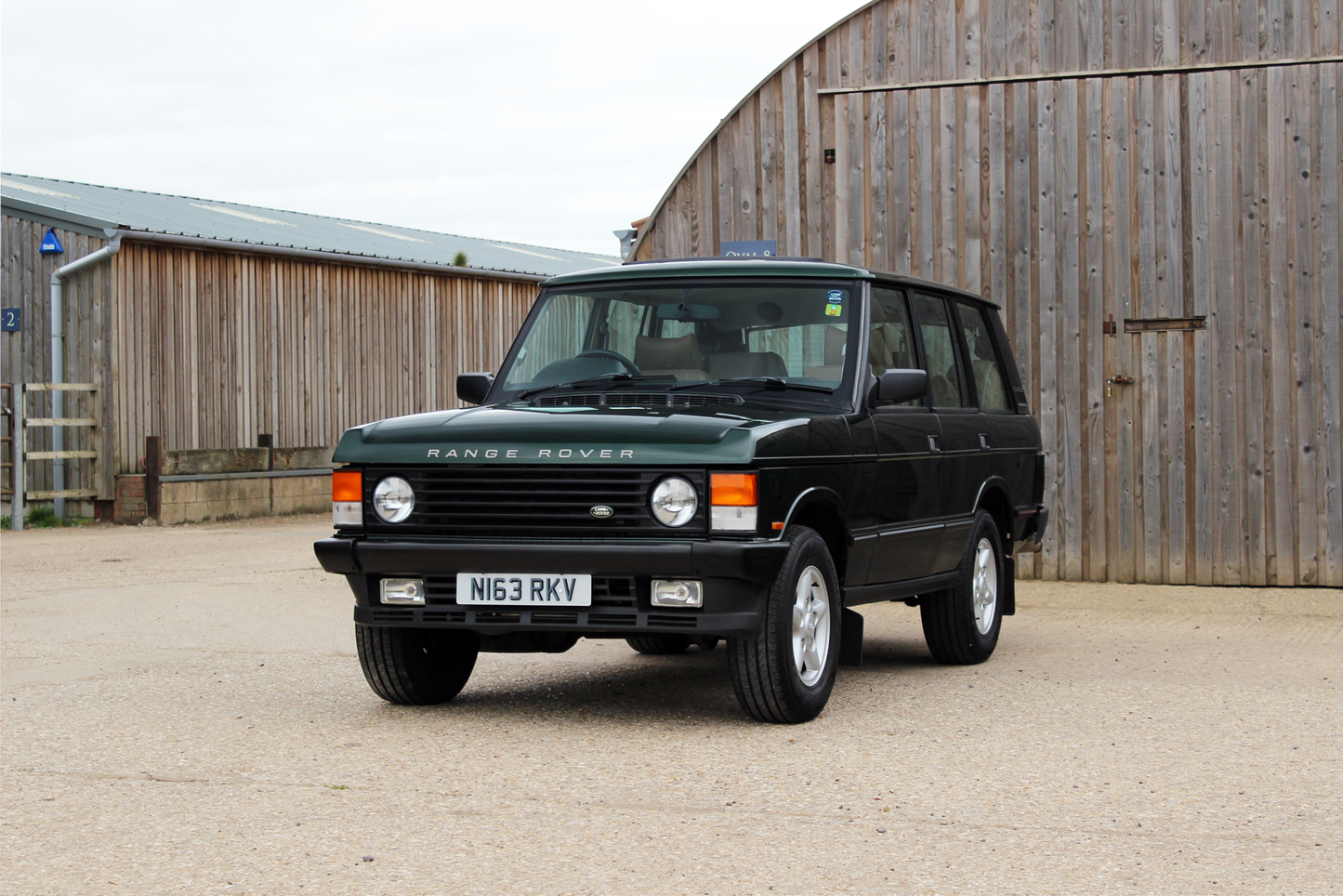
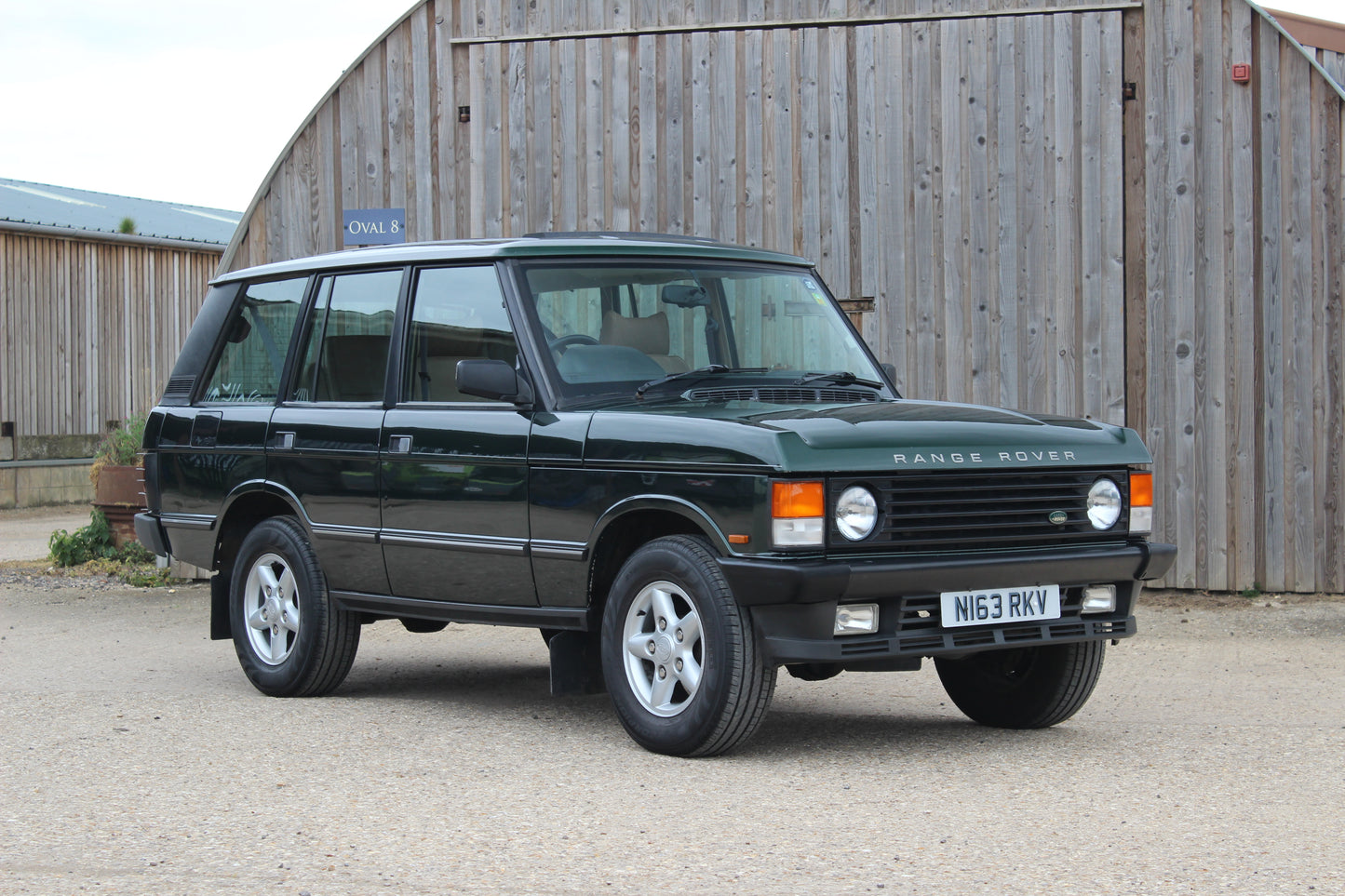





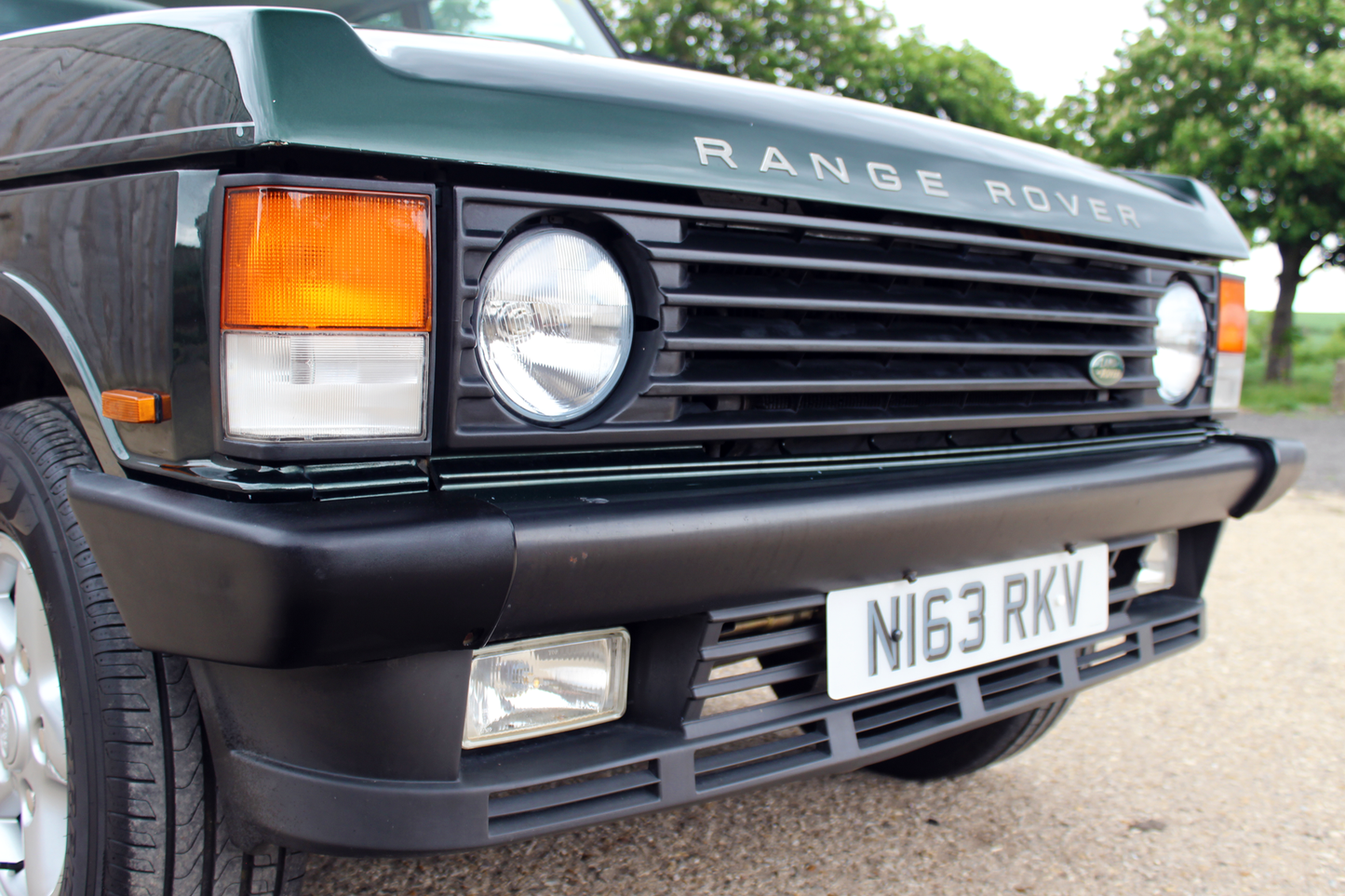
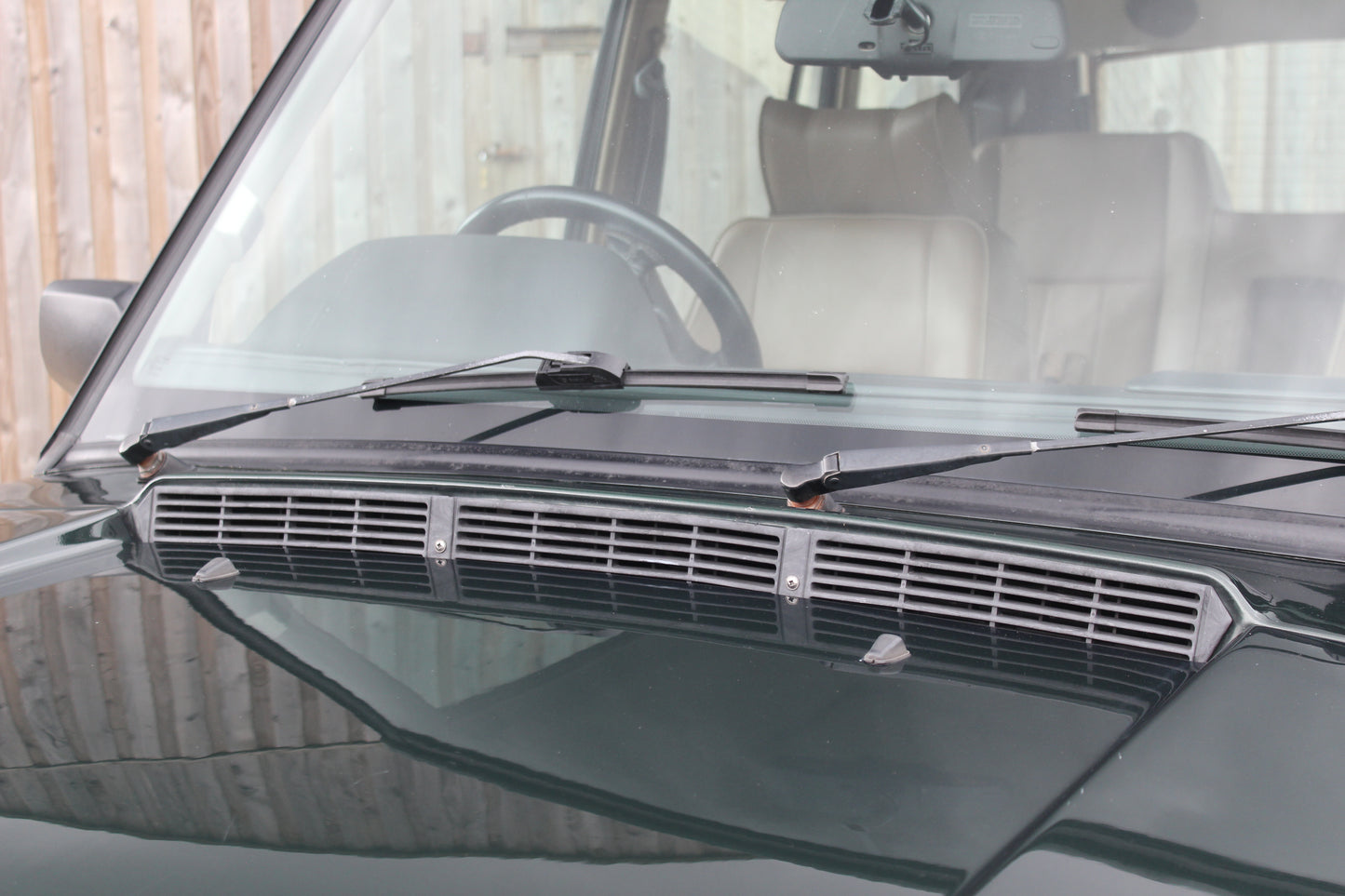
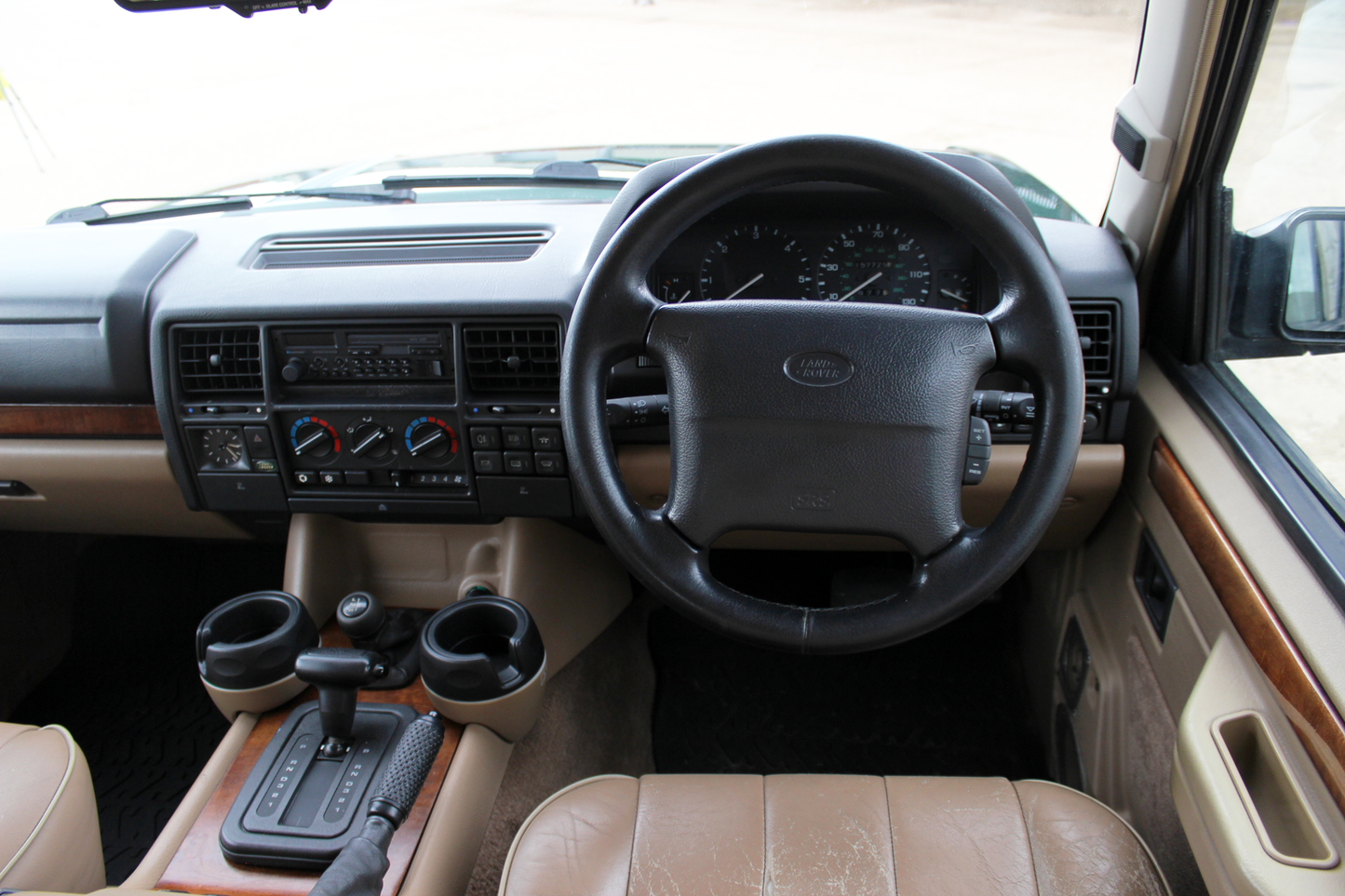
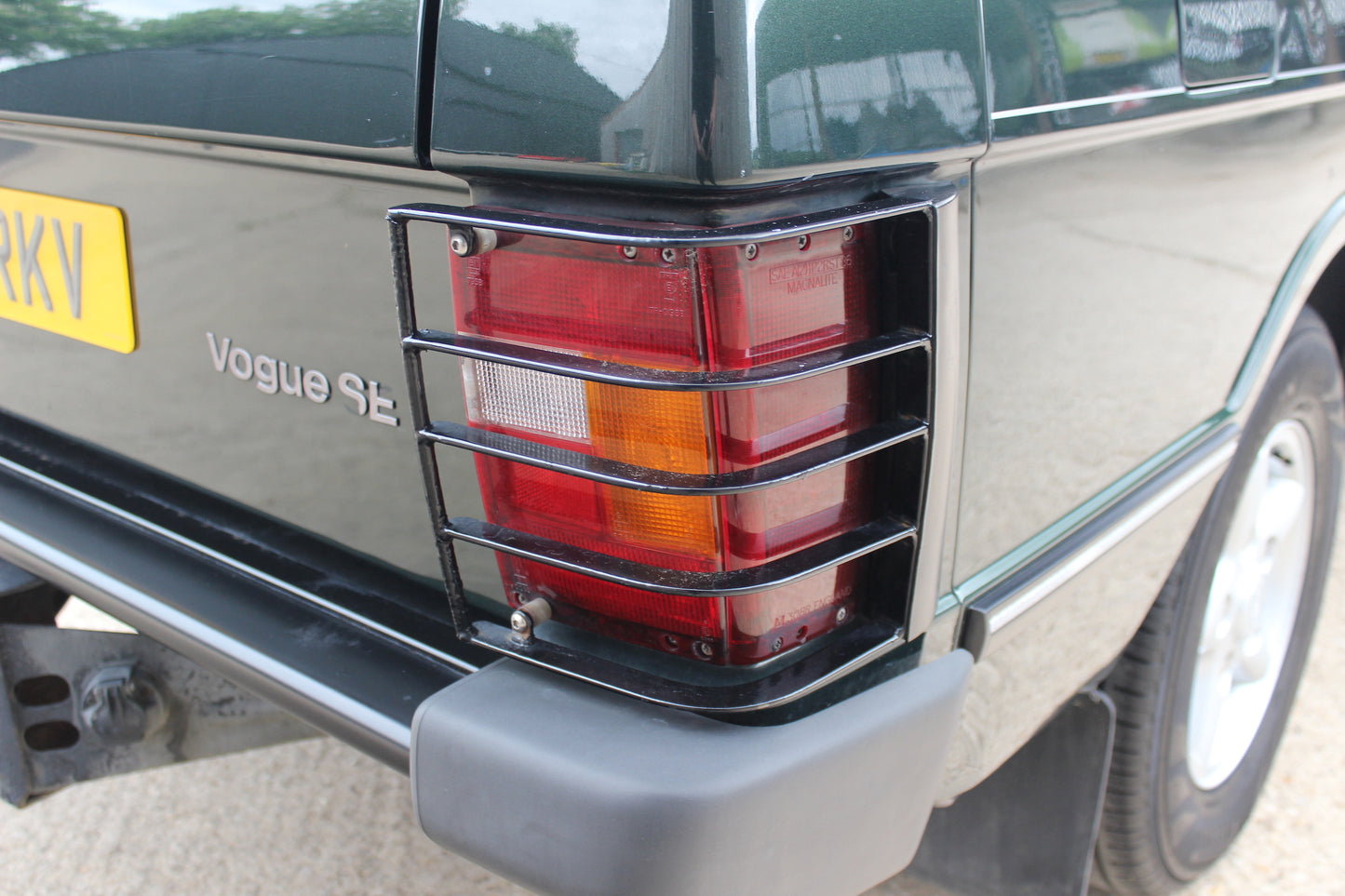

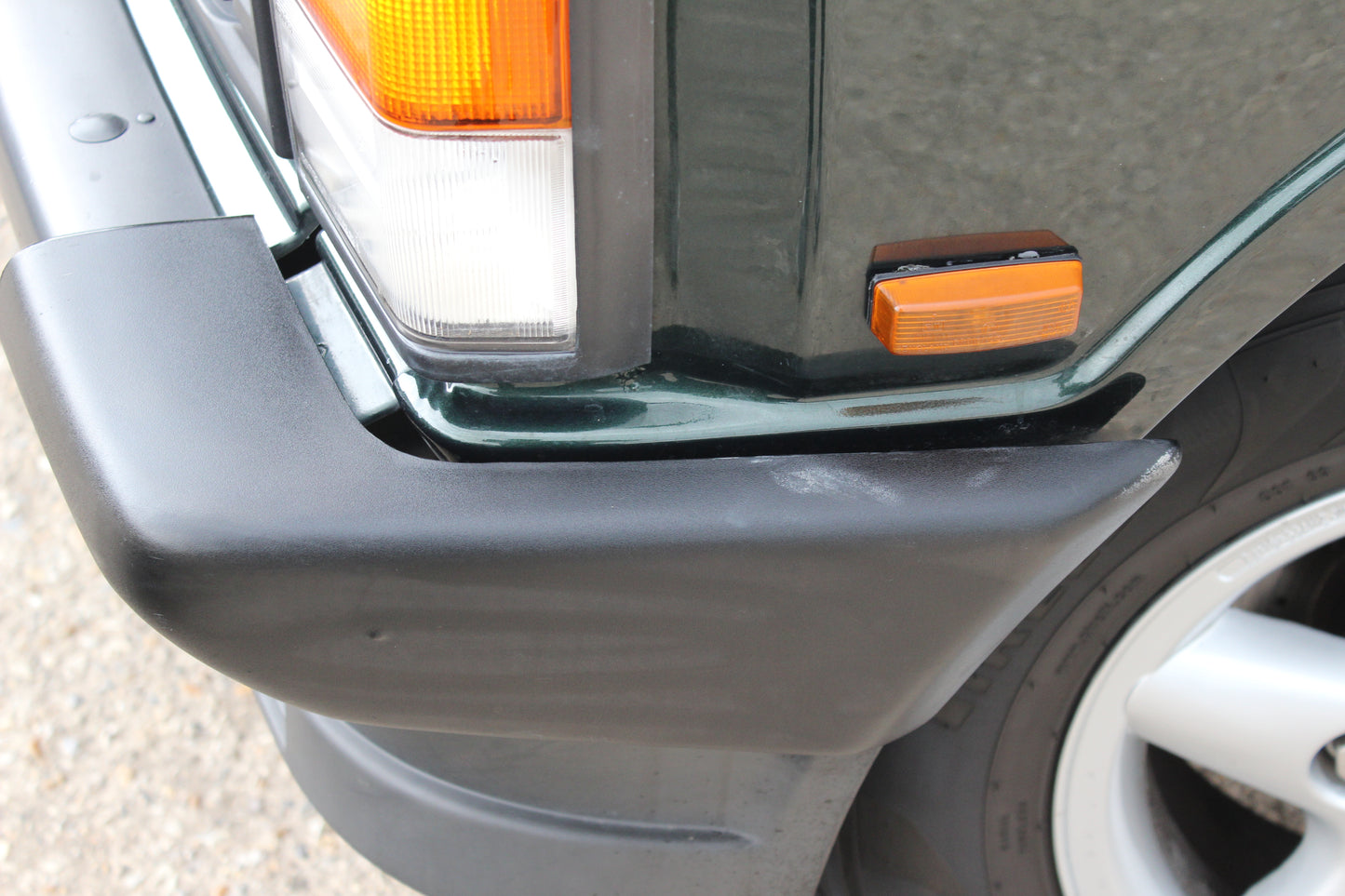
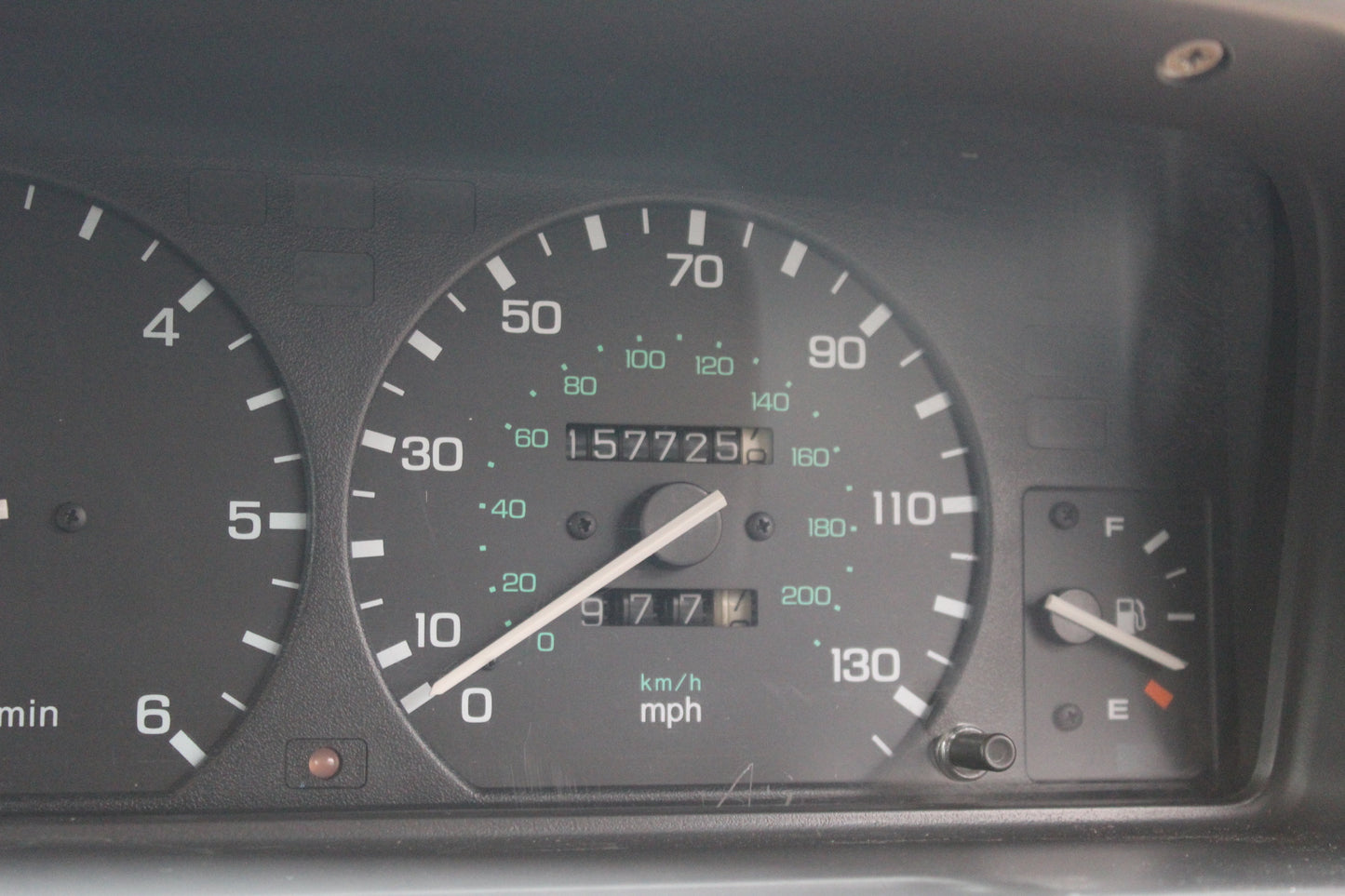

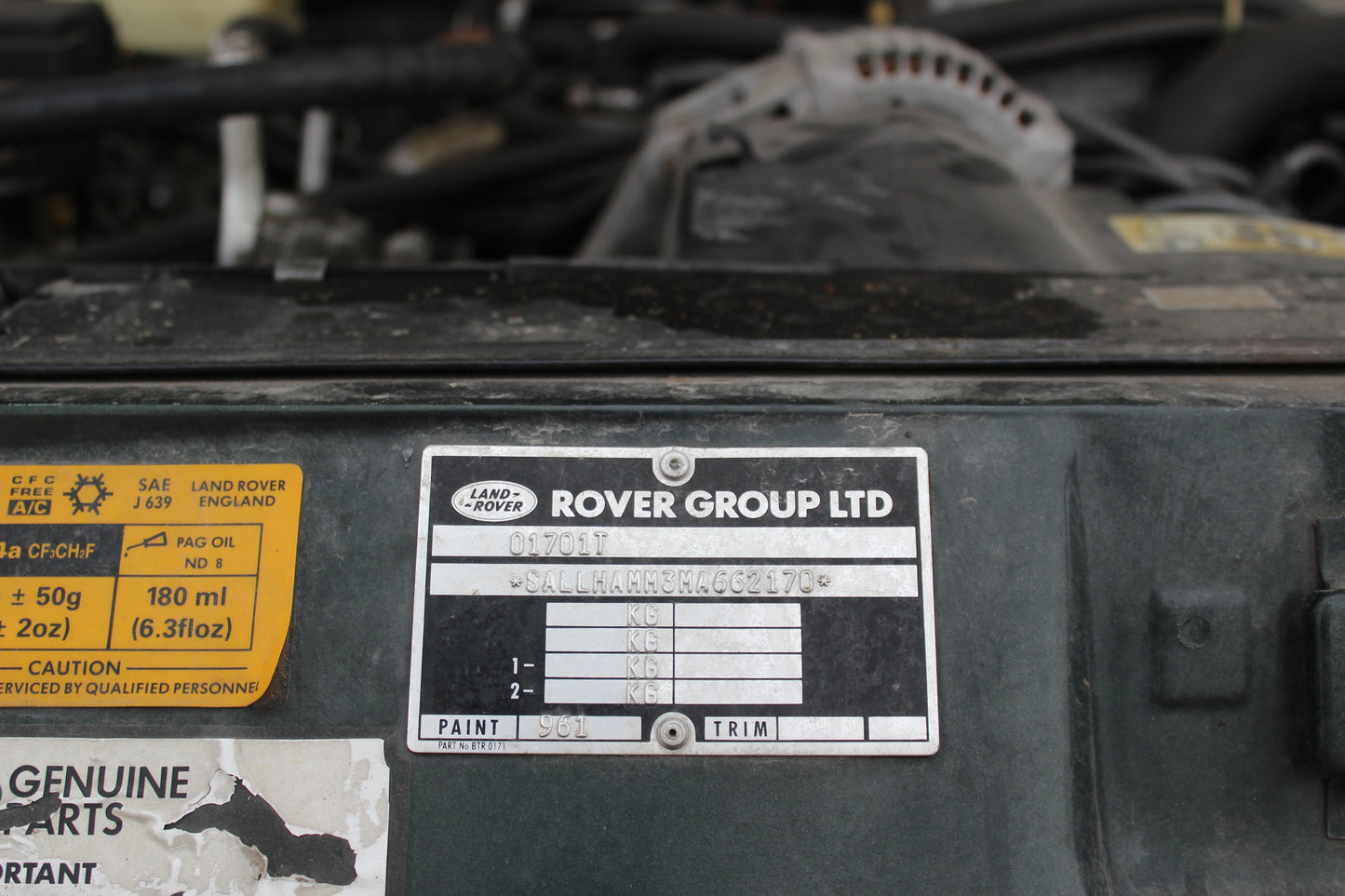

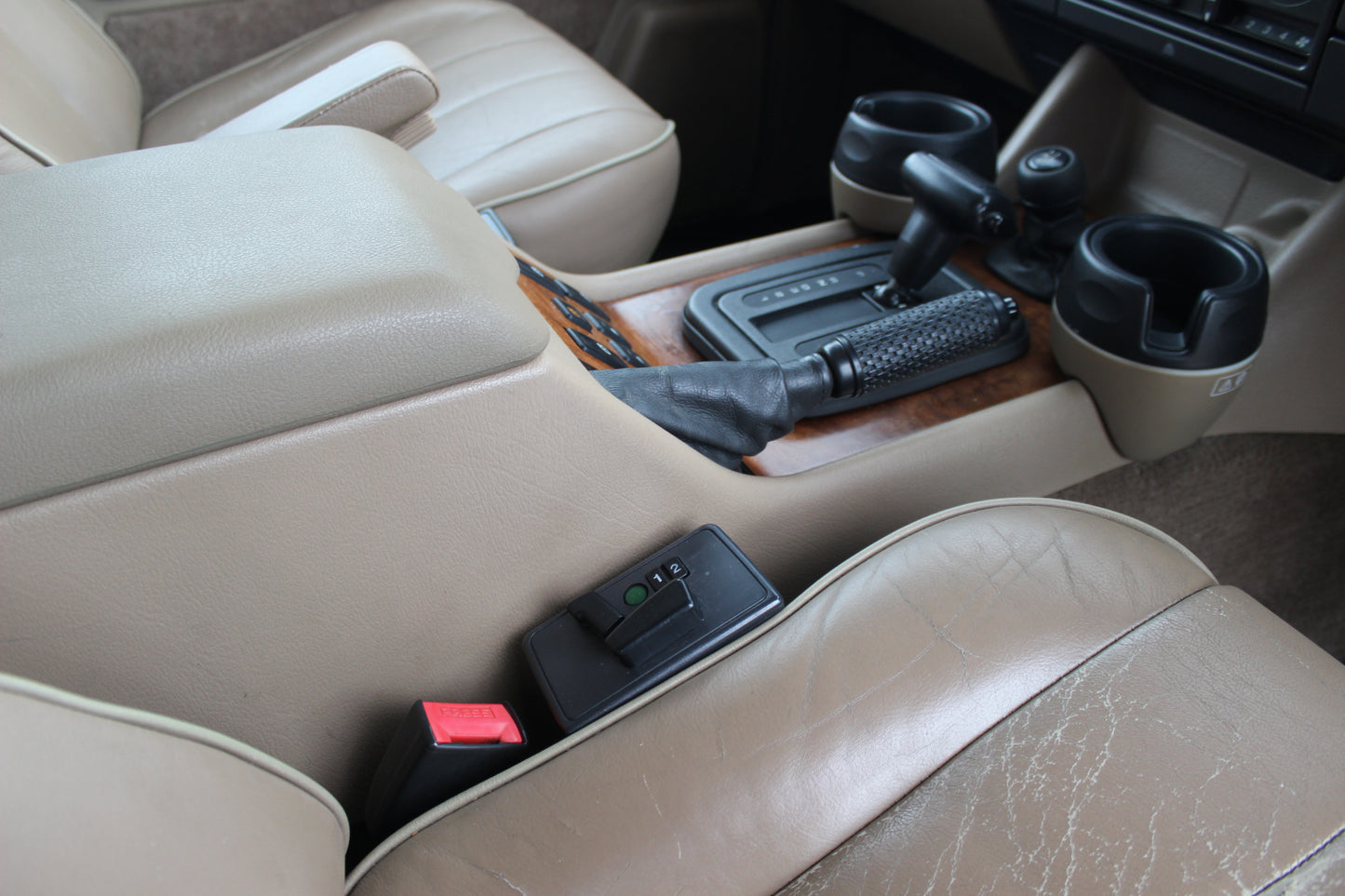
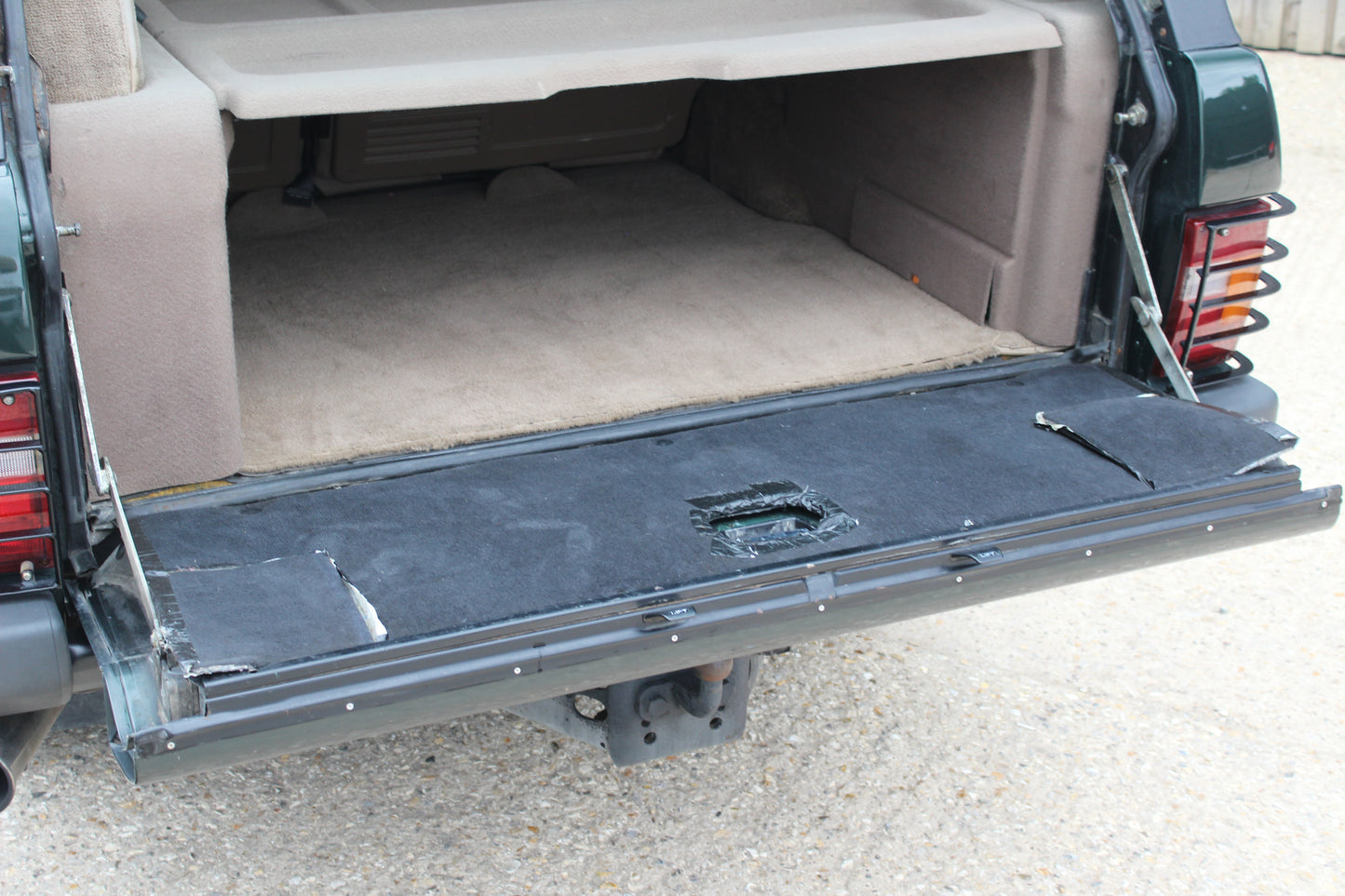
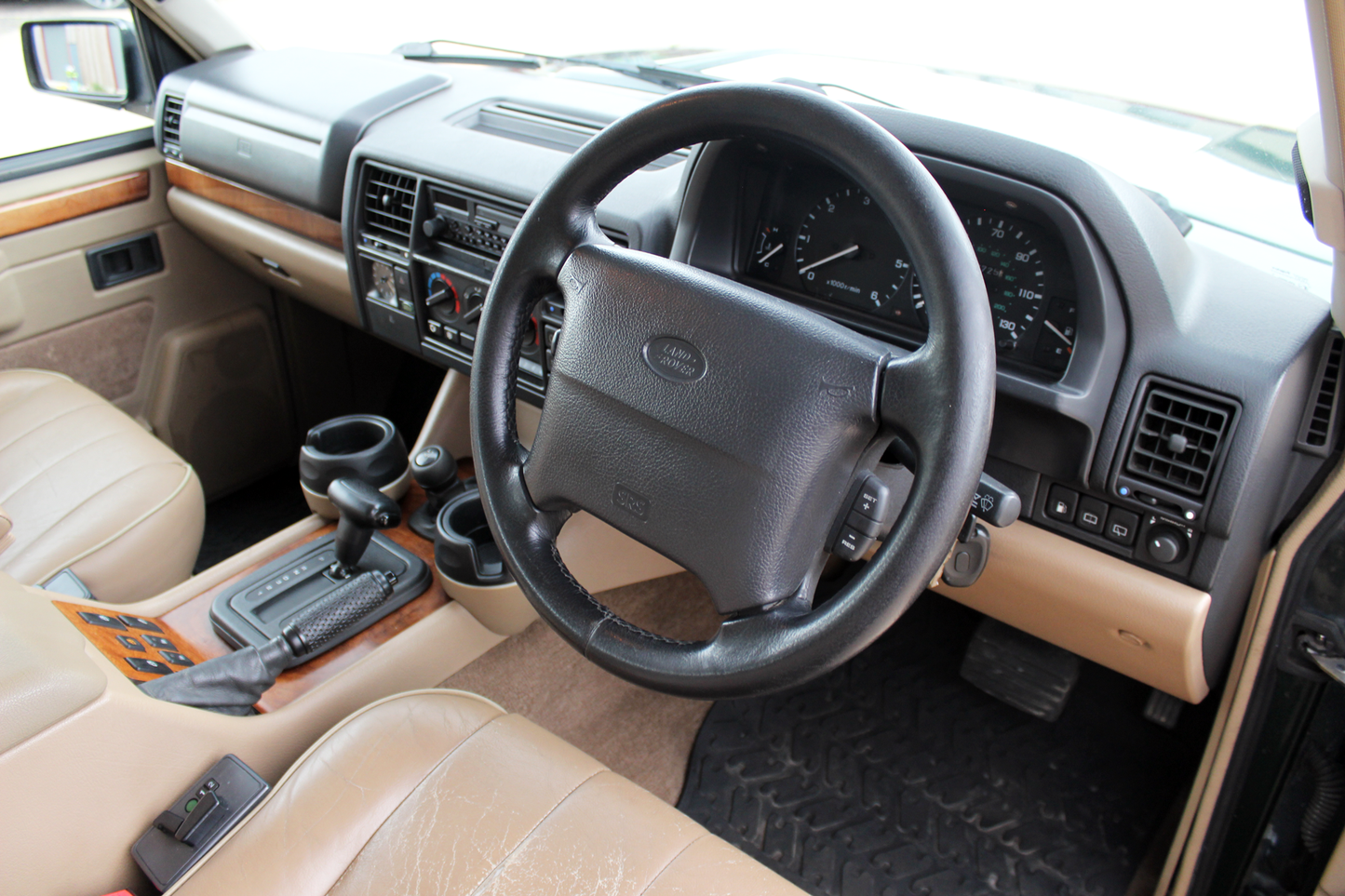

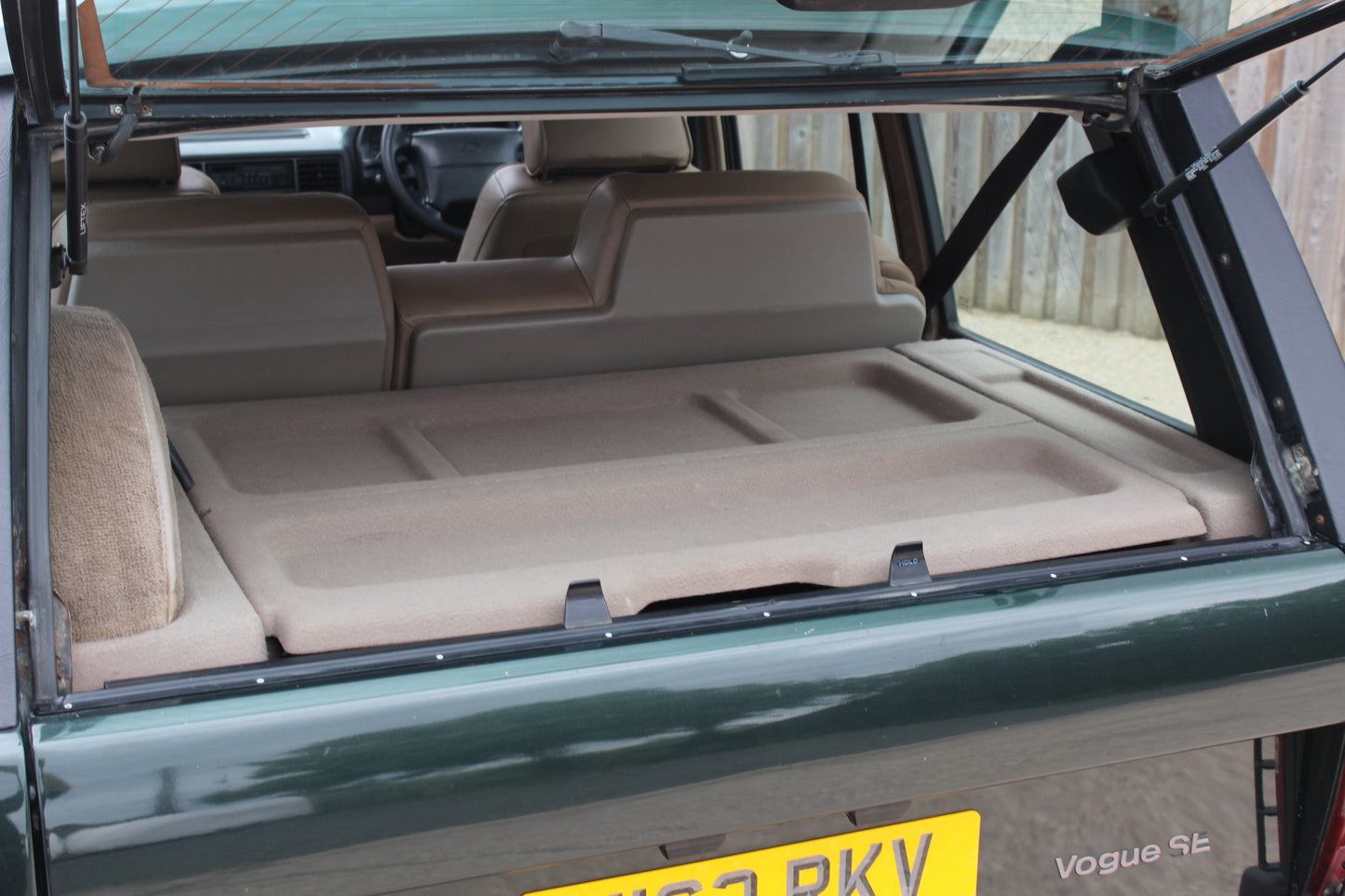
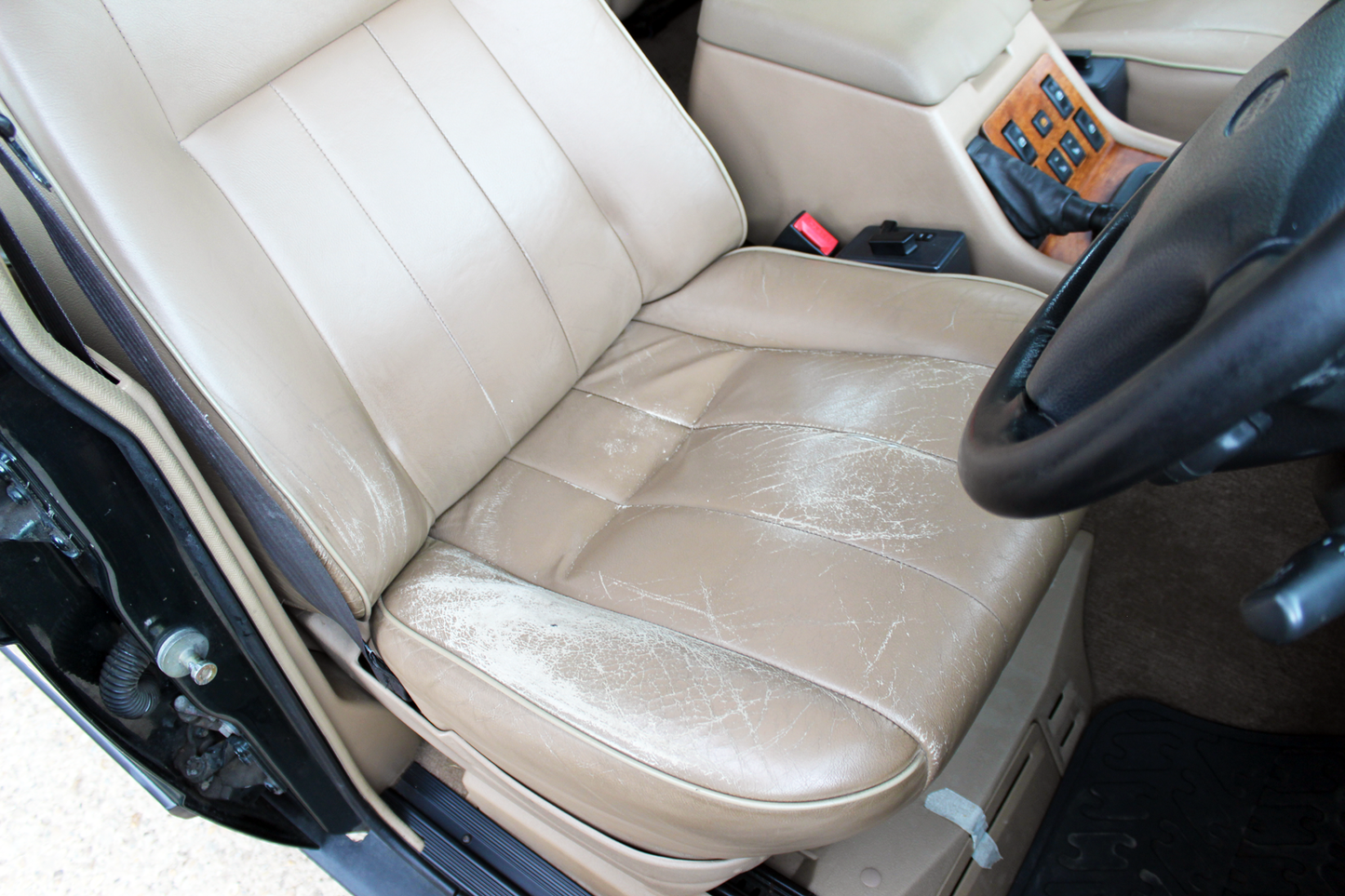
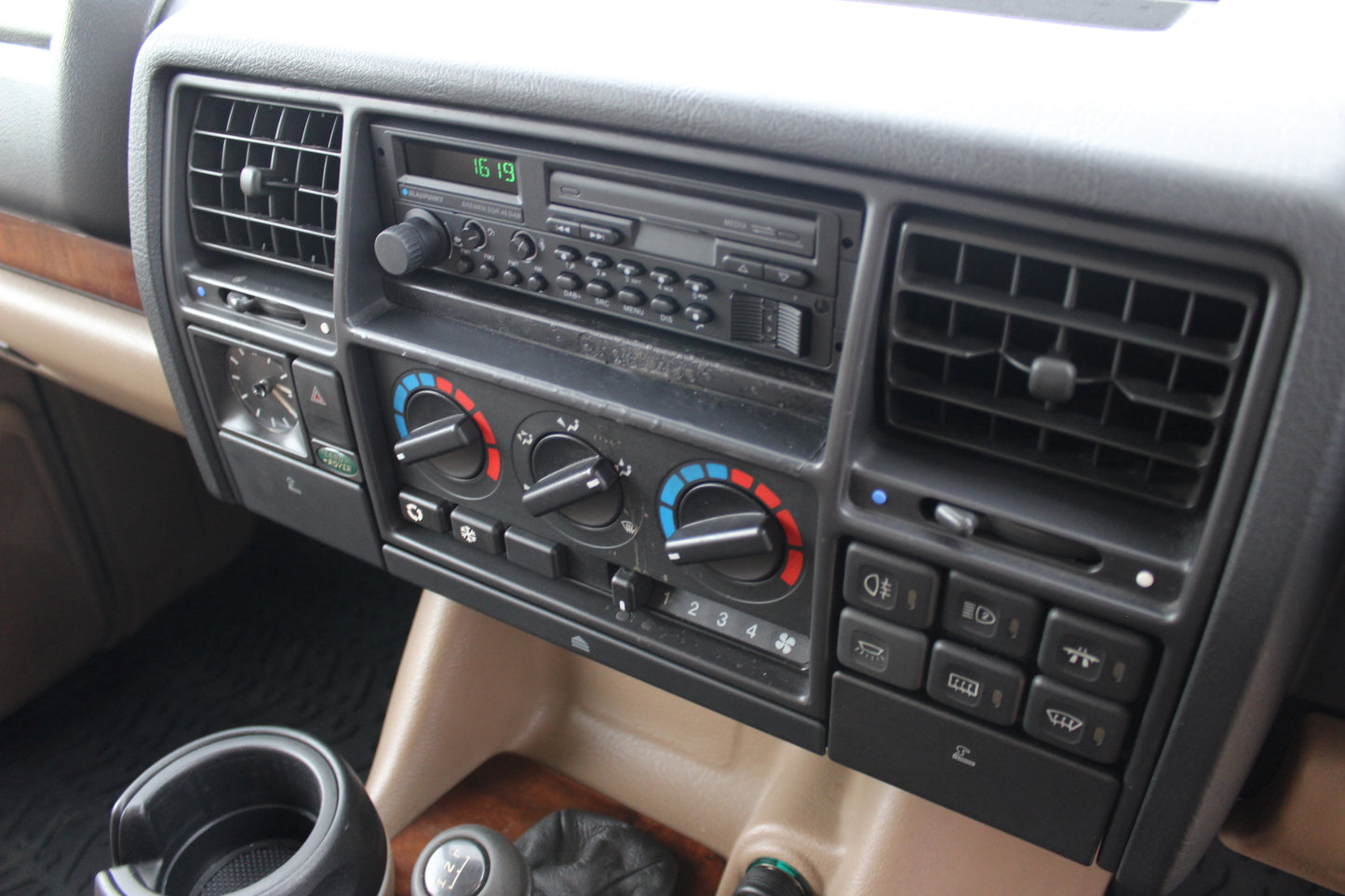
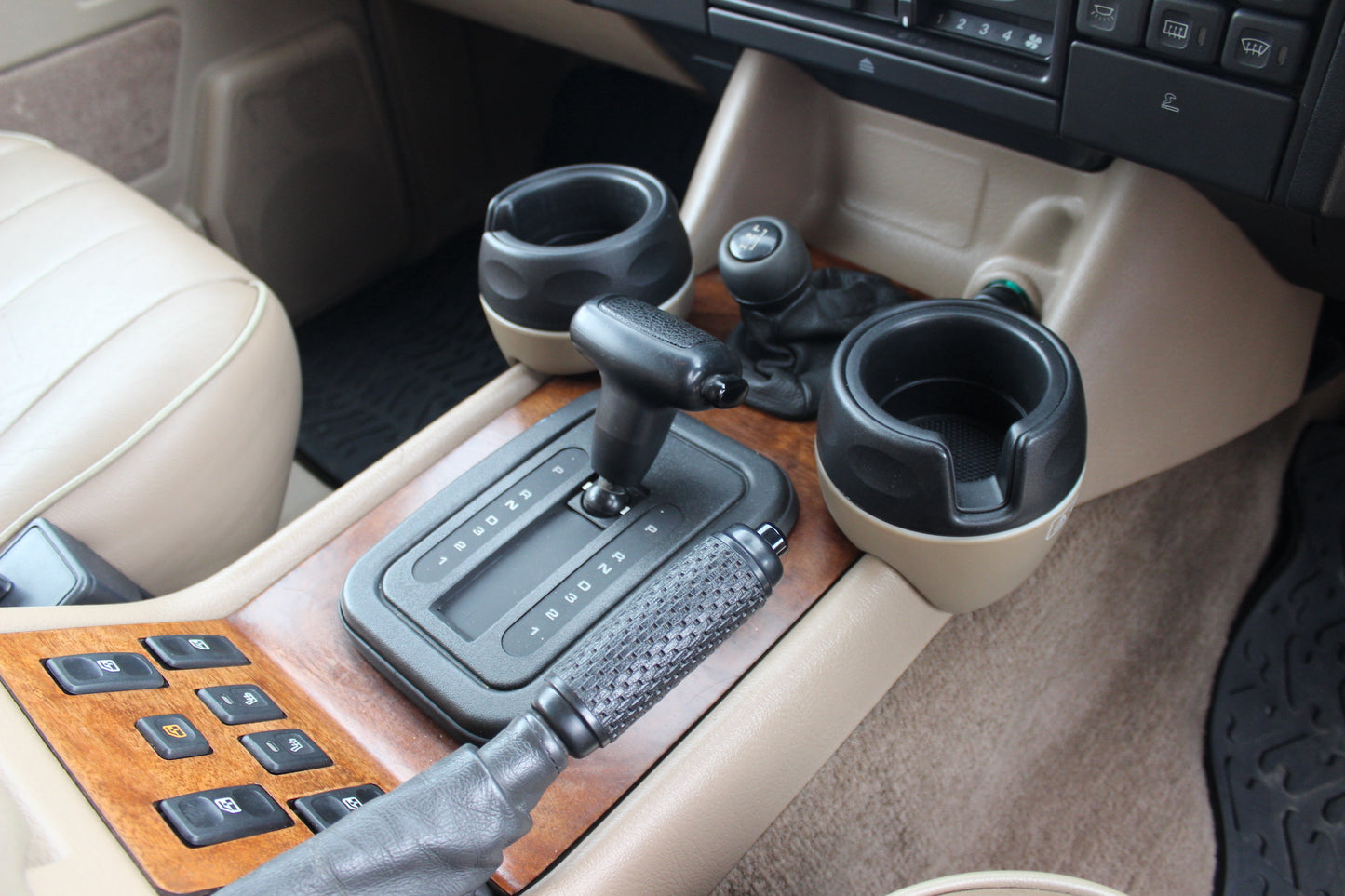
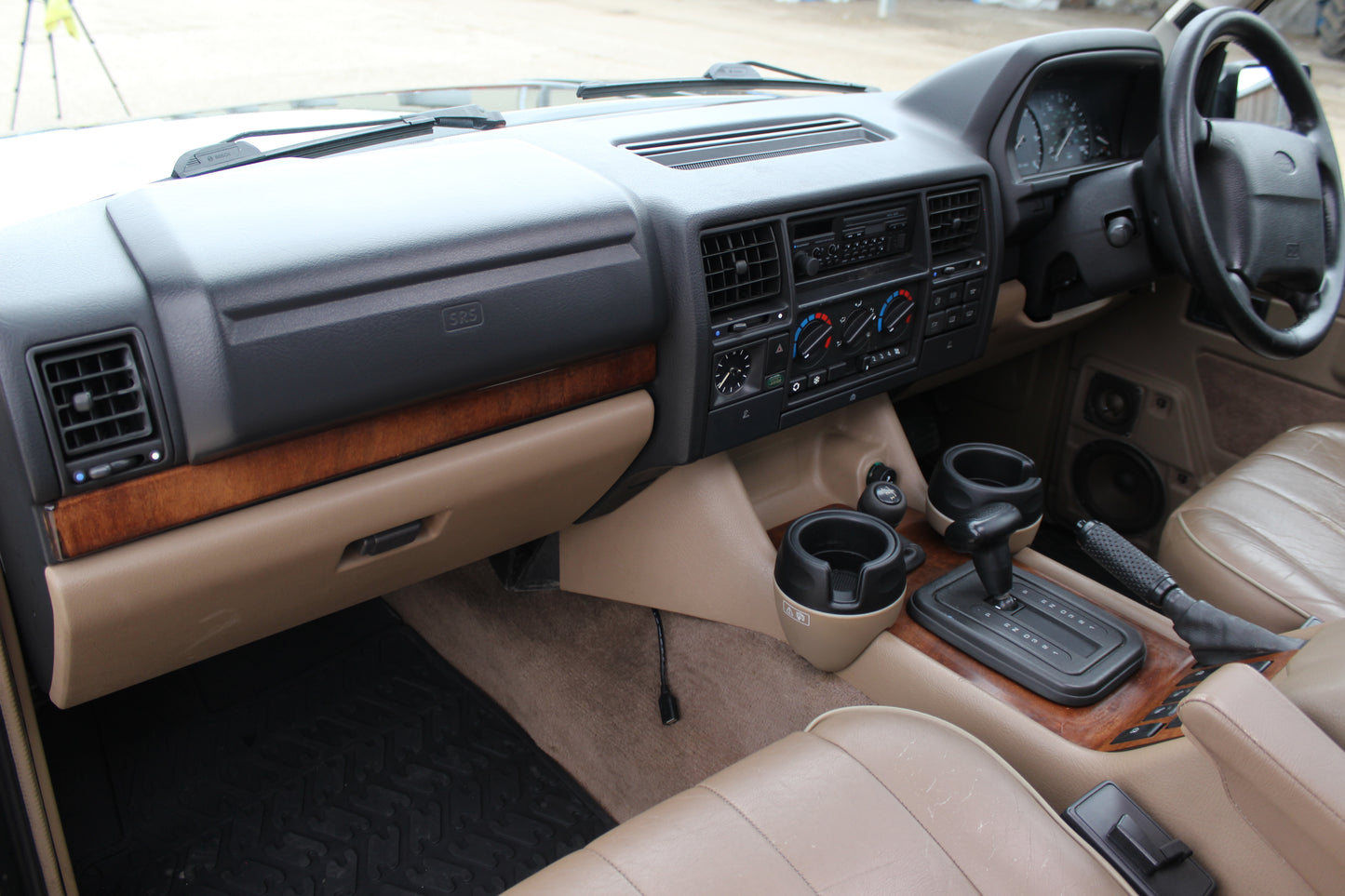
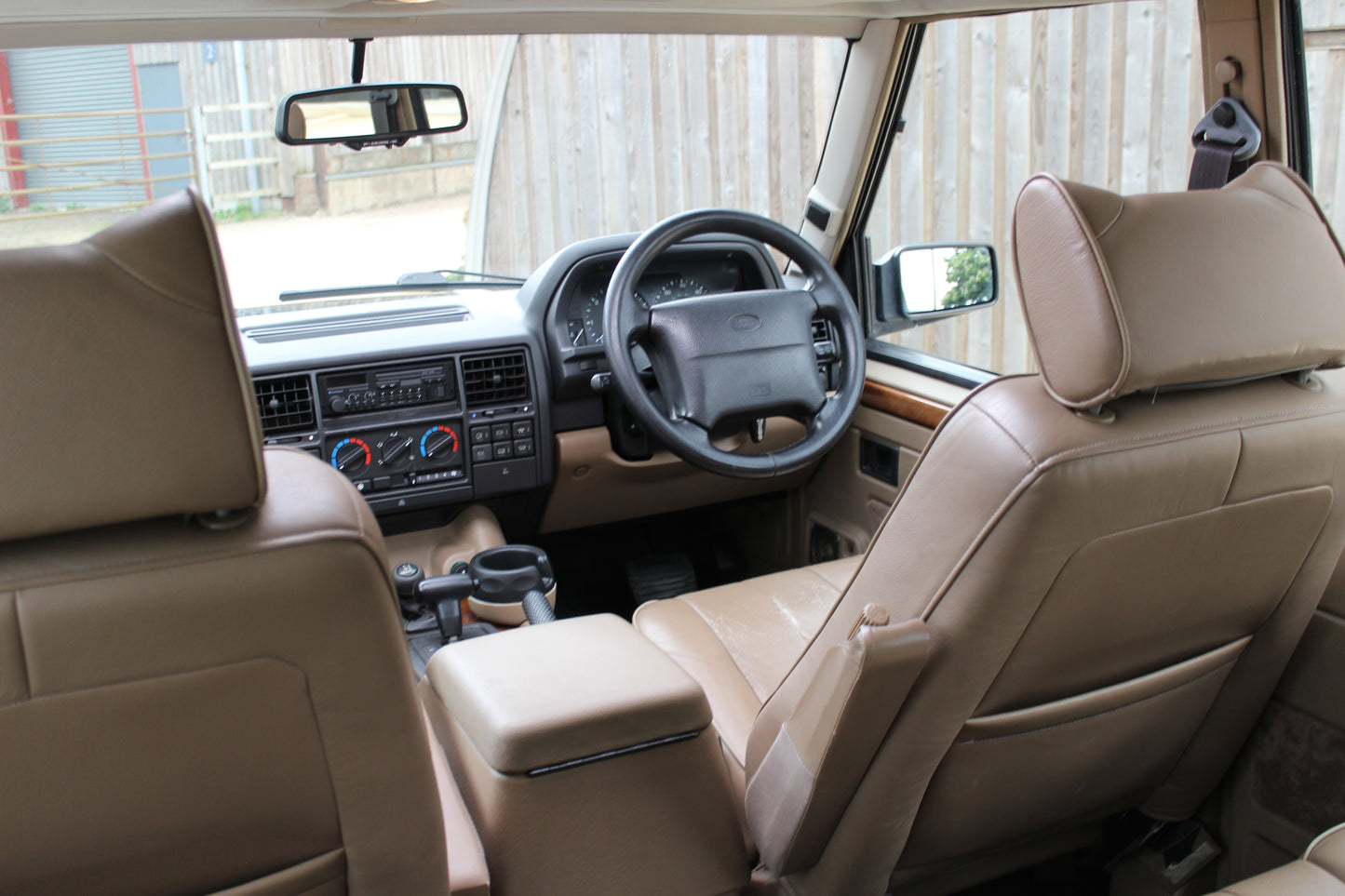
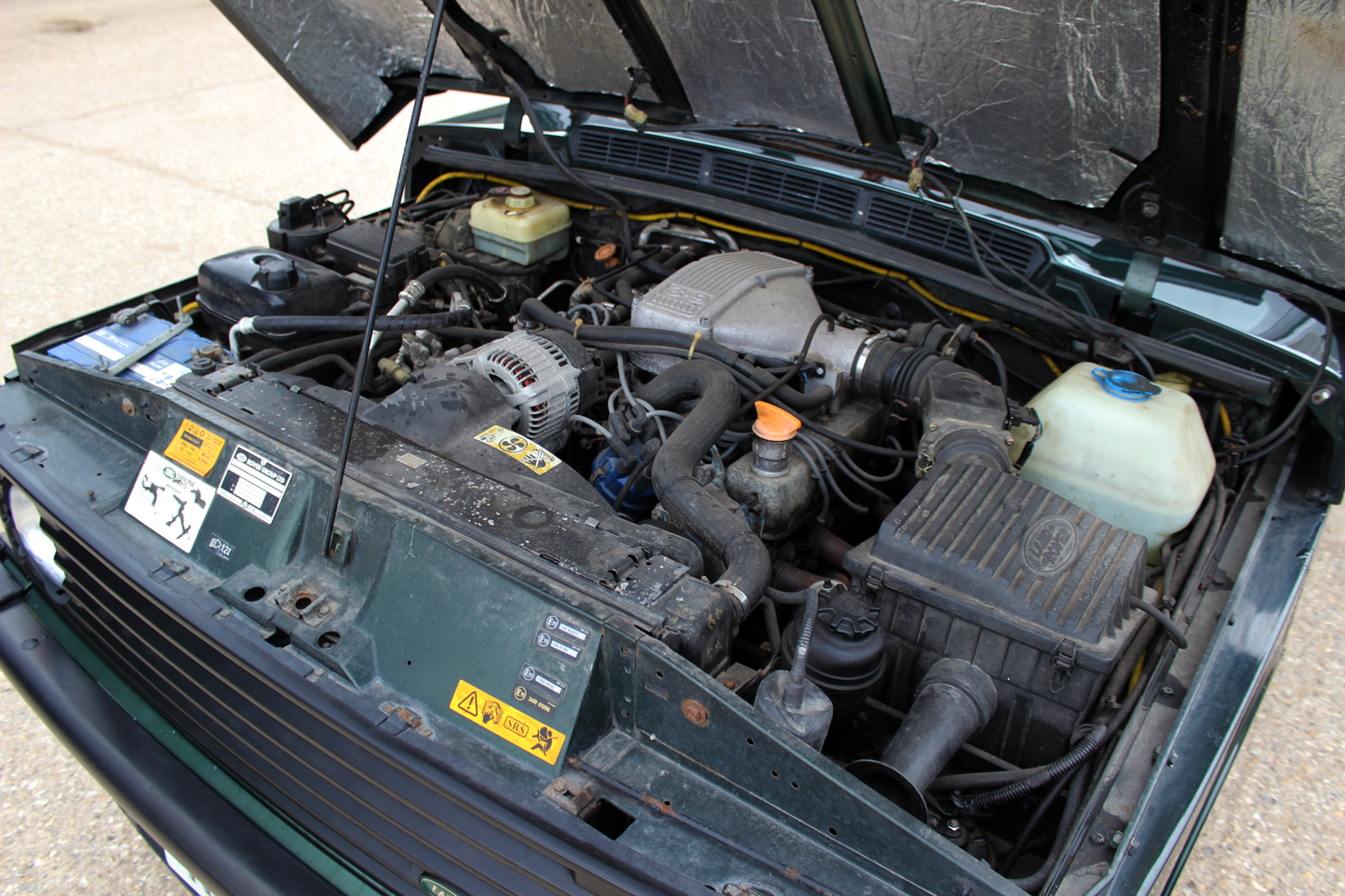
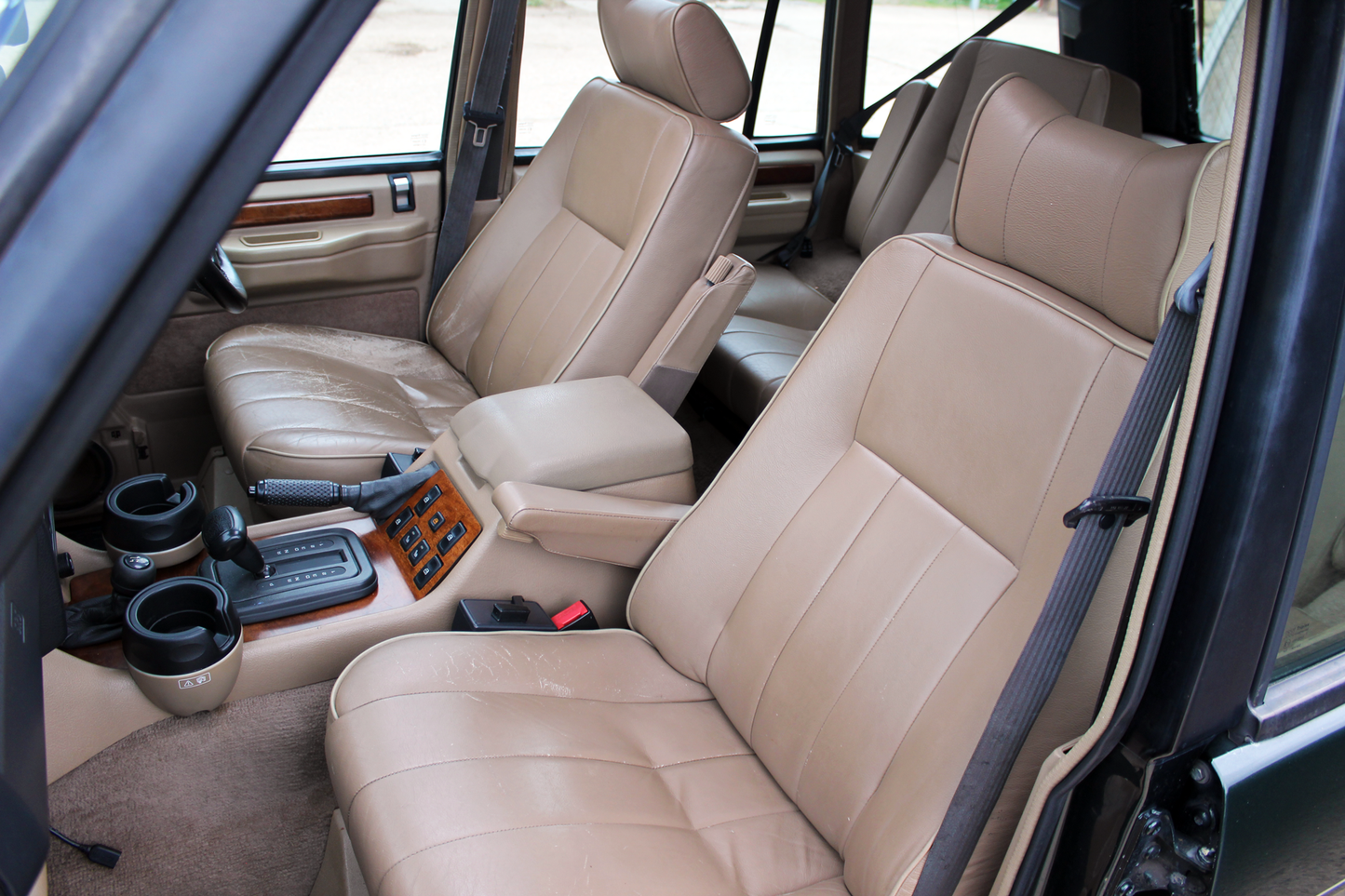
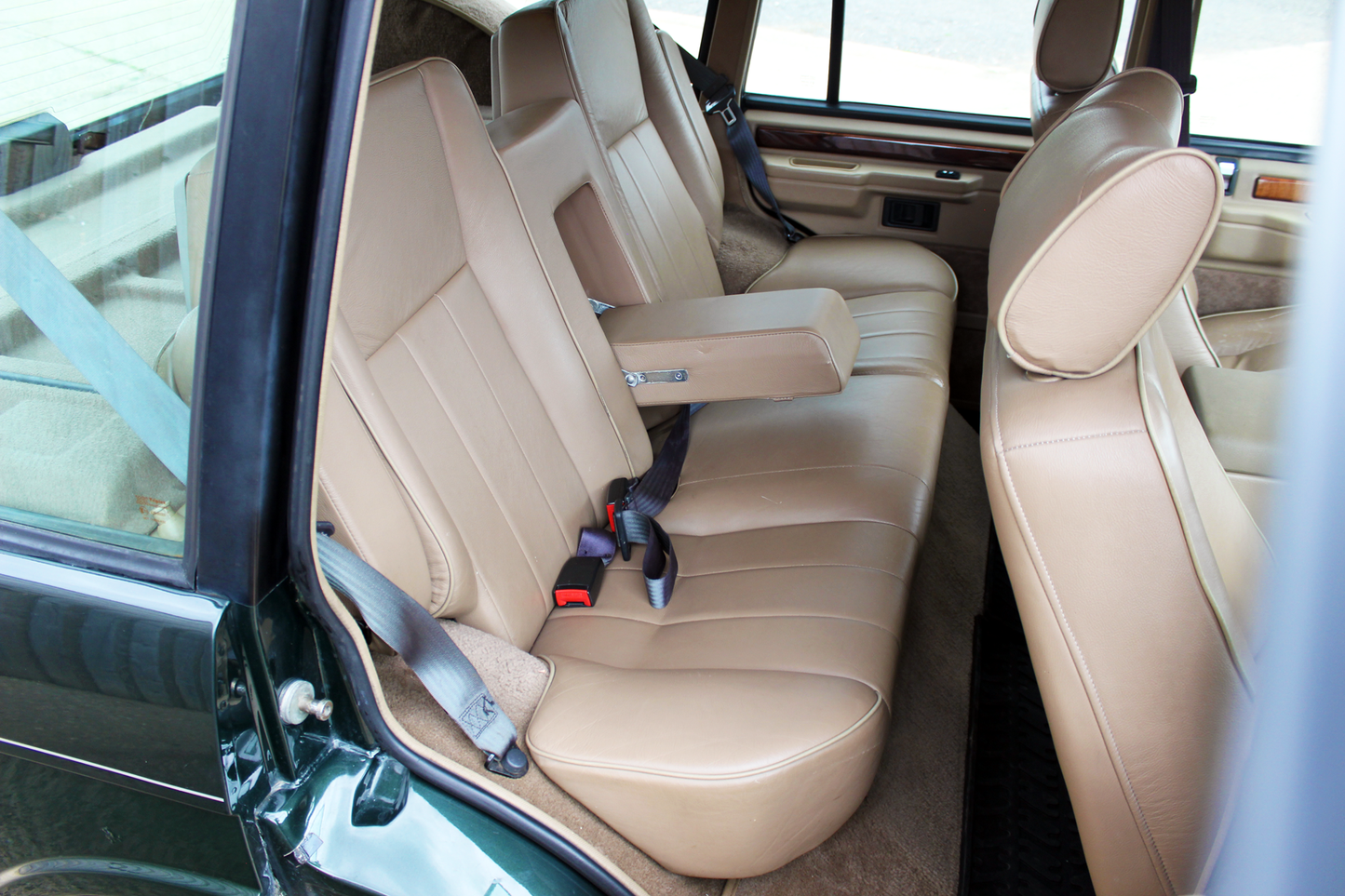

Service History
Enquire about this 1995 Range Rover Classic - Soft Dash
- Choosing a selection results in a full page refresh.
- Opens in a new window.





































